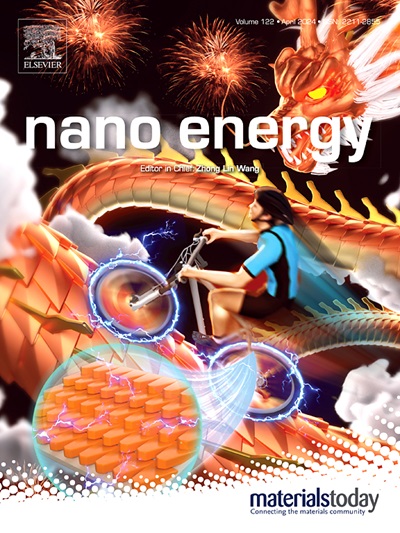卤化物包晶薄膜的可扩展溶液相处理:溶剂去除、淬火方法和薄膜干燥。
IF 16.8
1区 材料科学
Q1 CHEMISTRY, PHYSICAL
引用次数: 0
摘要
基于溶液的工艺对于工业化大规模生产卤化物包晶体薄膜具有吸引力,这种薄膜是极有前途的高性能光电设备半导体材料。溶液涂层或印刷后的薄膜形成过程非常复杂,首先要去除溶剂,从而引发包晶体相的结晶。在结晶开始之前,溶剂的持续去除会导致湿膜干燥或化学变化,从而形成过饱和体系或稳定的中间结构,随后转变为目标包晶相。因此,溶剂去除和薄膜干燥的动力学在很大程度上影响着溶液加工过氧化物薄膜的形态和微观结构。可扩展的溶液沉积工艺通常会形成溶剂含量较高的厚湿膜,需要对其进行控制才能获得所需的特性。本综述介绍了可扩展工艺中包晶石薄膜的形成过程,特别关注溶剂去除与薄膜凝固之间的相互作用。文中讨论了对成型薄膜经历一系列转变时所发生的化学和物理过程的理解。此外,还回顾了在可扩展过程中快速诱导过饱和的溶剂去除控制策略,以及大面积薄膜中不规则形成的原因。此外,还研究了描述过氧化物濒死薄膜变化动力学的不同预测模型。通过概述可扩展加工的研究现状,本综述旨在提出潜在的研究方向,从而推动该领域的进一步发展。本文章由计算机程序翻译,如有差异,请以英文原文为准。

Scalable solution-phase processing of halide perovskite films: Solvent removal, quenching methods, and film drying
Solution-based processes are attractive for industrial and large-scale production of thin films of halide perovskites, which are highly promising semiconductor materials for high-performance optoelectronic devices. The film formation process after the solution coating or printing is complex and starts with solvent removal which triggers the crystallization of the perovskite phase. Before the crystallization onset, the solvent continual removal causes the wet film drying or chemical changes that lead to a supersaturated system or a stabilized intermediate structure which subsequently transforms into the targeted perovskite phase. As such, the kinetics of solvent removal and film drying greatly influences the morphology and microstructure of solution-processed perovskite films. Scalable solution deposition processes generally form thick wet films with high solvent contents, which need to be controlled to obtain desired properties. This review describes the formation of perovskite films from scalable processes, with a special focus on the interplay between solvent removal and film solidification. The understanding of chemical and physical processes taking place as the forming film undergoes a range of transitions is discussed. In addition, the control strategies of solvent removal to rapidly induce supersaturation in scalable processes are reviewed along with the reasons behind irregularities formation in large-area films. Furthermore, different predictive models describing the kinetics of changes in dying films of perovskites are also examined. By overviewing the state of research on scalable processing, the review aims to suggest potential research directions that could lead to further progress in the field.
求助全文
通过发布文献求助,成功后即可免费获取论文全文。
去求助
来源期刊

Nano Energy
CHEMISTRY, PHYSICAL-NANOSCIENCE & NANOTECHNOLOGY
CiteScore
30.30
自引率
7.40%
发文量
1207
审稿时长
23 days
期刊介绍:
Nano Energy is a multidisciplinary, rapid-publication forum of original peer-reviewed contributions on the science and engineering of nanomaterials and nanodevices used in all forms of energy harvesting, conversion, storage, utilization and policy. Through its mixture of articles, reviews, communications, research news, and information on key developments, Nano Energy provides a comprehensive coverage of this exciting and dynamic field which joins nanoscience and nanotechnology with energy science. The journal is relevant to all those who are interested in nanomaterials solutions to the energy problem.
Nano Energy publishes original experimental and theoretical research on all aspects of energy-related research which utilizes nanomaterials and nanotechnology. Manuscripts of four types are considered: review articles which inform readers of the latest research and advances in energy science; rapid communications which feature exciting research breakthroughs in the field; full-length articles which report comprehensive research developments; and news and opinions which comment on topical issues or express views on the developments in related fields.
 求助内容:
求助内容: 应助结果提醒方式:
应助结果提醒方式:


